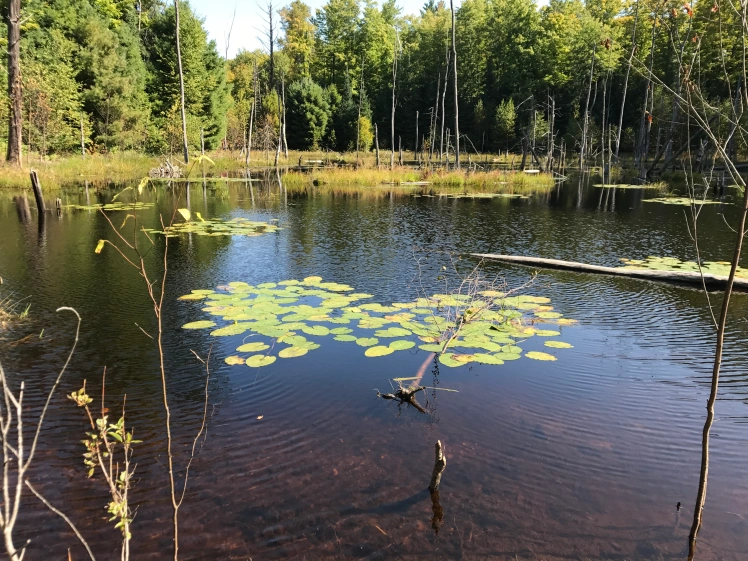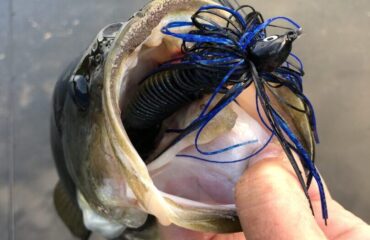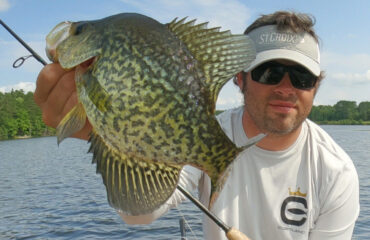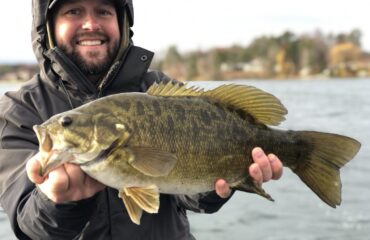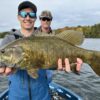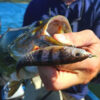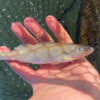Alternative Cover for Largemouths
When emergent weed growth fails to sprout in spring, largemouths seek and favor alternative habitats and sources of cover. In recent seasons, this has become the scenario and common early spring pattern on many lakes.
Largemouths are experts in adaptation and acclimation, often overcoming drastic environmental changes and adapt to new surroundings to be successful. They are resourceful with their habitat, using every form of natural and man made cover to their benefit. They are hearty, spawn successfully with high recruitment, and physiologically adept, making them a dominant predator in many fisheries. When other species suffer due to changes in the lake’s fishery or their overharvest, largemouths always fill the biomass.
In addition to habitat and cover adjustments, largemouths do not limit themselves to specific prey types either. Unless there is stunting and overpopulation, voracious appetites enable them to survive and achieve excellent growth rates and body weights in nearly every fishery. They prey on a number of fish species, insects, invertebrates, and amphibians. A non-picky appetite allows them to maintain a secure and healthy lifestyle.
Another critical adaptation is their ability to withstand great fluctuations in water temperature. Largemouth can tolerate lower concentrations of oxygen and PPM’s, which is very common on all lakes in early spring before green vegetation sprouts.
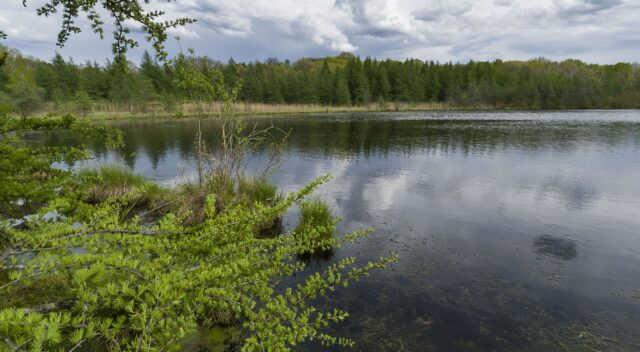
Alternative Cover
Springtime usually brings warming weather and water temperatures. A lively and growing ecosystem then follows suit. When warming weather isn’t arriving, the ecosystem stalls and growing season delays. Largemouths that invade the shallows to feed and find warming waters will seek alternative habitats.
No weeds, no problem. Experts in finding and settling into their new surroundings, largemouths will gravitate to a variety of shallow cover and habitats when weed growth is lacking.
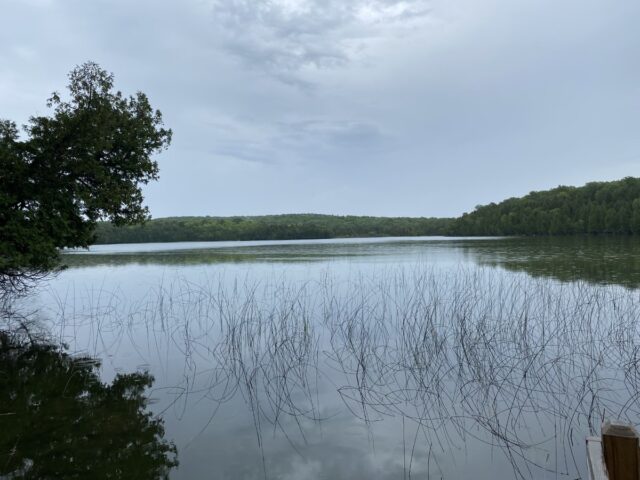
Reeds and Cattails – Left-over from the previous year, old stalks and remnants of this shallow plant are re-used every spring and provide largemouth lots of cover and ambush points for feeding. Located near shore, and protruding out from shorelines, these structures are well-built, and often grow in 5 ft depth or less. Sand bottoms and their exposure to sun are a benefit for heat conductivity. Reeds and cattails have the potential to also attract bluegills, sunfish, and other baitfish, making them very good bass habitat and obvious casting targets.
Laydowns, Stumps, and Trees – Wood is abundant, and the most favored cover available on many mesotrophic and eutrophic bass lakes. They are the best conductors of heat and provide protection to fish, thus attracting a cornucopia of life that will settle nearby. Located near shore and potentially extending into deeper water, the best wood cover relates to bays, backwaters, and bogs. The largest and most complicated concentrations of submerged wood will often hold several bass.
Backwaters, Channels, Inflows – The fertile backwater systems, marshes, side channels and thoroughfares of drainage lakes lead hungry largemouths to an awakening oasis of underwater life. These rich habitat waterways warm rapidly, and attract largemouth that come for feeding and spawning. While its main lake areas remain frigid, many gamefish species are attracted to these areas in early spring.
Emergent Lily Pads – The submerged root systems and sprouting stalks of lily pads could be the only establishing greenery in the shallows. Lily’s begin growing as soon as ice cover melts. Like any vegetation, sunlight accelerates its growth, but what separates pads from other weed species is their growth spurt begins early. Most common in shallow bays and pockets with soft bottom, they offer rich underwater oxygen content while being the only plant life growing. They are largemouth magnets due to oxygen production, as well as offering meandering jungles of cover.
Bogs and Tamarack Swamps – These brush shoreline areas and swamp lands are most common on drainage lakes and heavily vegetated eutrophic lakes. Usually flooded from high water, shoreline brush and bog bushes are money spots for largemouth, providing canopies and overhead cover. These are the first areas I will visit and jig fish on lakes that have this form of habitat.
Man-made cover – Every lake with shoreline development has man-made cover and structures built near shore and above the surface. Largemouths will always gravitate to piers, boat houses, fish cribs, brush piles, and rip-rap shorelines for early season feeding and spawning. Not every pier is created equally. The best ones are permanent structures that stay in water year-round, featuring wood pillars and dark shade underneath. Largemouths utilize piers and boat houses in the same mannerisms as they do with any other forms of wood cover. Always remember to fish the piers with precision skipping and pitching methods.
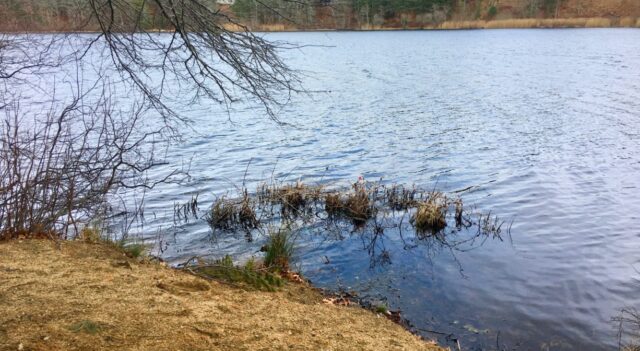
These alternative habitats exist on every largemouth fishery. Finding them requires nothing more than visual observation while on the water and studying the layout of the terrain. When visiting a particular body of water for the first time, Google maps will be most helpful in identifying likely near-shore targets first.
Alternative habitats in the form of wood cover, remnant weeds, and man-made structures abound on the near-shore areas of every productive largemouth bass fishery. The adaptability of largemouths and their attachment to many forms of natural cover makes locating and catching them predictable from all other available near-shore habitats when weed growth is lacking.


